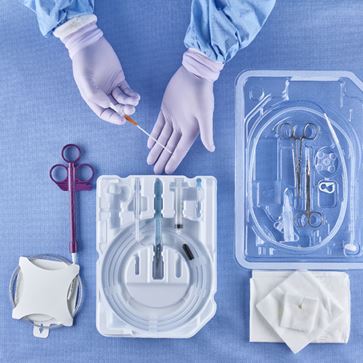
Top service levels at lower inventory and capacity buffers
In life sciences, patients always come first. With standard service level targets of 99% and more, decision makers have long settled for huge stock levels, focusing on product availability over manufacturing efficiency, operating margins, and cost. Next gen planning solutions now reconcile top service levels with profit optimization.

Superior availability and optimized profits
In addition to end-to-end visibility throughout the value chain, OMP for Life Sciences intelligently adjusts production, packaging, and distribution lines, capacities, and networks. All this while optimizing inventory levels of intermediate and finished products as well as synchronizing manufacturing equipment and packaging lines.
The availability of capacity constraint solvers, in combination with self-learning data, advanced data management, and integration features, all guarantee a perfect sync between plan and reality, making planning outcomes both realistic and feasible. Decision-makers can react faster and with greater precision to unexpected disruptions in demand and supply, improving responsiveness and managing risk.
Gaining control with targeted functionalities
But OMP for Life Sciences has even more to offer. Its attribute-based planning options, for example, allow decision-makers to plan for specific batch characteristics and shelf life requirements, instead of planning on materials alone.
Pegging functionality lets you peg any demand and supply element according to the various rules integrated within the model, including regulatory constraints, quantity tolerance, and shelf-life. Pegging can also be applied retroactively by tracing and recording the origin of every batch produced, providing end-to-end visibility over internal and external networks, from the drug substance and its components to the demand.
AI, solvers, ML, and data science can all be used to assess the impact of predicted or unexpected demand shocks, supply disruptions, batch contamination, production incidents, packaging errors, and logistics issues. They can also support you in developing and evaluating smart alternative solutions and scenarios to better anticipate or respond to such events.

Related content
What our customers say

“OMP helps us to get all our planners to work together globally, around the same process, using the same system, in the same way.”
Stef Vermeiren, Vice President Global Planning – Janssen Pharmaceutica at Johnson & Johnson

“We were looking for an integrated, automated and scalable solution and that’s what we got from OMP.”
David Aherne, Senior Director Global Supply Chain at Alexion Pharmaceuticals






